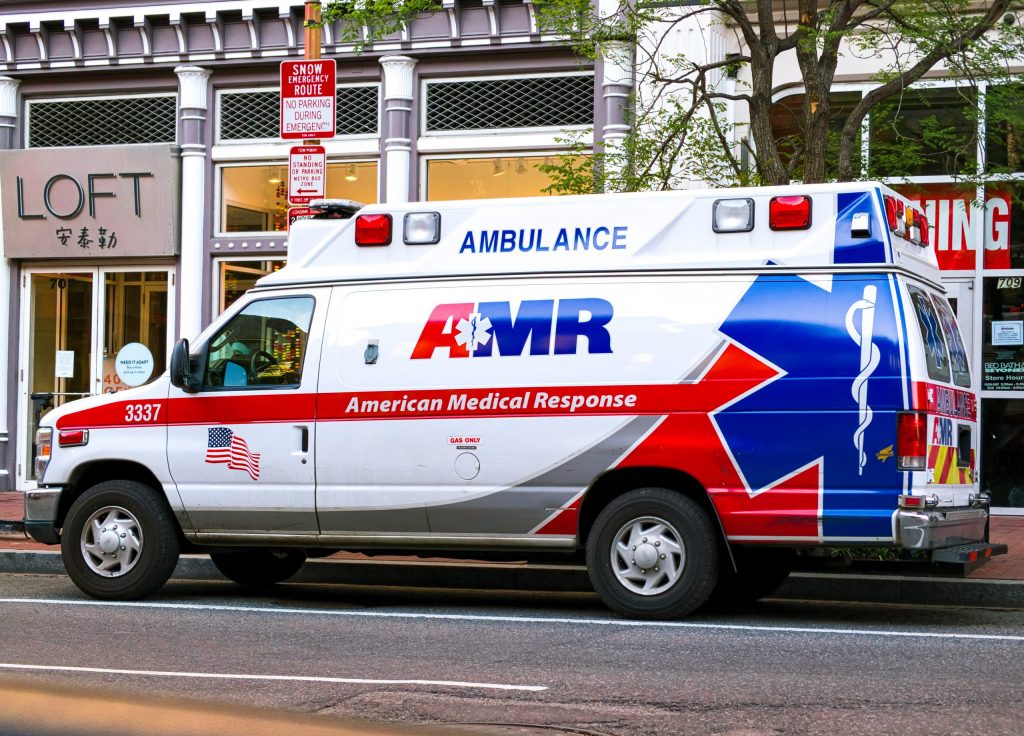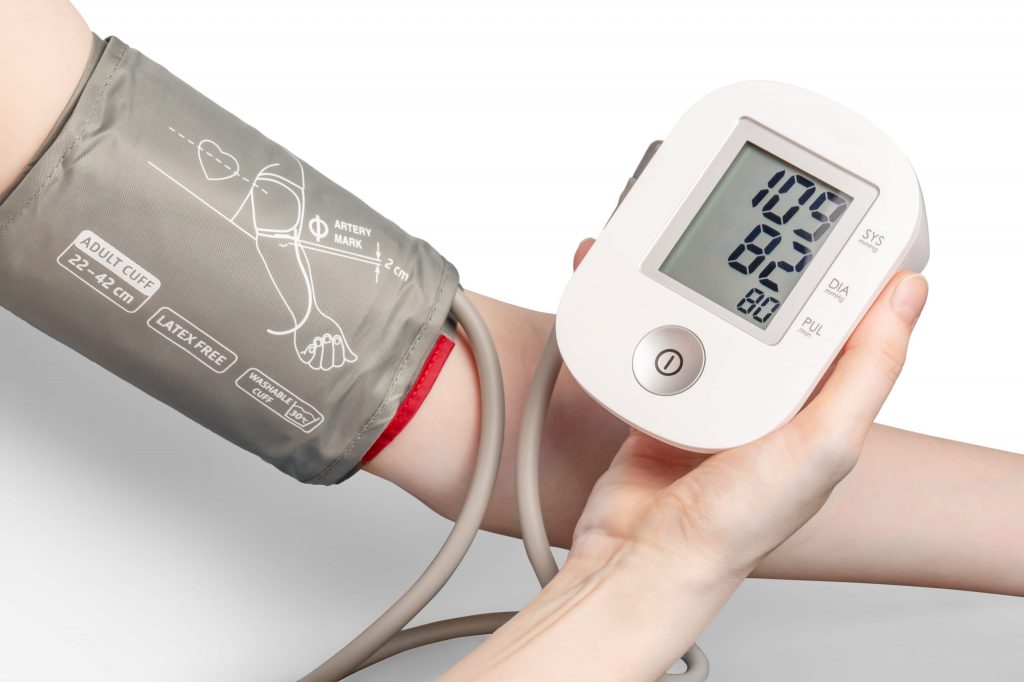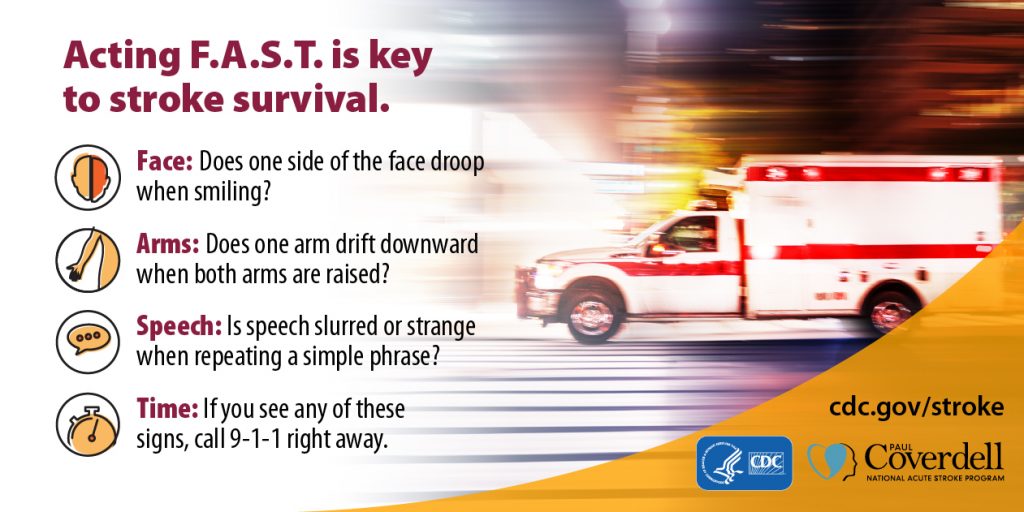National Stroke Awareness Month: Risk Factors and Prevention
Someone in the United States has a stroke every 40 seconds, and learning how to spot the signs can mean the difference between life and death. May is National Stroke Awareness Month, making it a good time to review not only the warning signs of a stroke, but also, the risk factors that heighten your chances of having one and the preventative measures that do the opposite.
When someone has a stroke, every second counts. The sooner that person gets medical treatment, the less likely he or she becomes to experience brain damage in the aftermath. Signs of stroke include:
- Sudden numbness or weakness in the face or an arm or leg, particularly on one side of the body
- Sudden confusion or difficulty speaking or comprehending speech
- Sudden severe headache
- Sudden vision issues
- Sudden balance or coordination issues
If you identify one or more of these symptoms in yourself or someone else, call 911 immediately.
Stroke: Risk Factors
An estimated 80% of strokes are preventable, and many different lifestyle changes can help reduce your risk of having one. Risk factors that increase the chance of a stroke include the following.
- Hypertension (high blood pressure)
- High cholesterol
- Smoking
- Heart and blood diseases
- Genetics/family history
- Race/ethnicity
- Certain health conditions and viral infections, including lupus and rheumatoid arthritis
- Anxiety, depression and stress
- Extra weight/obesity
- Use of blood thinners
- Lack of physical activity
- Previous strokes/transient ischemic attacks
- Sickle cell disease
While some of the stroke risk factors you have may be beyond your control, others are more manageable.
Stroke: Preventative Measures
Smoking cigarettes and drinking more than one or two alcoholic drinks daily (depending on if you are male or female) increase your risk of having a stroke. However, you can control these risk factors by quitting smoking and restricting or limiting your alcohol intake. Here are some other effective ways to reduce your risk of having a stroke.
Make smart dietary choices
There is a clear connection between diet and health, and this holds true when it comes to stroke risk. To lower yours, try to increase your intake of fresh fruits and vegetables while decreasing your consumption of sodium, cholesterol and saturated and trans fats.
Manage your blood pressure
Many people are unaware that they even have high blood pressure, so it’s a good idea to either monitor it yourself or have your doctor do so during routine medical visits. To lower high blood pressure, your doctor may recommend that you make certain lifestyle changes, follow certain dietary restrictions or take blood pressure medication.
Stay active
Getting enough exercise helps you maintain a healthy weight. It also helps lower blood pressure and cholesterol, which in turn reduces your risk of stroke. Adults should strive for at least two-and-a-half hours of moderate-intensity exercise each week, while kids should aim for at least an hour of exercise a day.
Control diabetes
Ask your doctor what you might do to control your diabetes. He or she may recommend making dietary changes, getting more exercise, taking prescription medications, or a combination of any of the above.
Treat atrial fibrillation
Having atrial fibrillation places you at higher risk for blood clots, and if a blot clot makes its way from your heart to your brain, it may lead to a stroke. Your physician may advise you to make lifestyle changes or take blood thinners or other prescription medications to help treat your atrial fibrillation.
Finally, keep the F.A.S.T. acronym in mind when it comes to spotting signs of a stroke.
While National Stroke Awareness Month takes place each year in May, learning how to spot and prevent strokes saves lives year-round.









